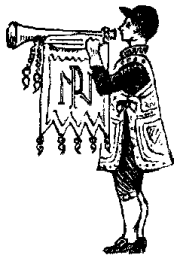Making the Doll Bodies
In the early days, the doll's bodies were bought in for dressing from a manufacturer named "Rosebud". These were small dolls with childish faces, and were popular and suitable for dressing in simple costume.
But Peggy wanted to produce her own 7" tall body for all her models. (The Queen Elizabeth II Coronation doll had a specially made china bisque figure) In the 1950s, suitable materials and their moulding processes were still in their infancy. She experimented with cold setting resins, rubber solutions and plastics. Early trials proved unsuccessful, so Peggy had to continue to buy in the "Rosebud" dolls.
Then, in 1954 Peggy was in contact with Deans Rag Book Co., who wanted to help Peggy with the development and production of the dolls' bodies. They experimented with different products and found that latex worked very well. She was also in contact with a local artist, John Lewin, who worked on moulding dolls. These had excellent features, were easy to handle, and the faces were easy to paint. The arms, which were moulded separately, had metal hooks which were used to tie them together through the body with elastic bands. Unfortunately the resin contained a high level of acid, which caused the elastic bands to perish, and attacked the dress material. Again, Peggy returned to using the "Rosebud" dolls.
Eventually the company turned to using a high impact injection moulded polystyrene. The whole manufacturing process required investment in standardised jigs, formers, cutters, punches and presses. But, most importantly, this new process was successful, and all future doll bodies were to be made in this way, with faces then sprayed before being hand painted.
Further experimenting led to the production of a superior range of "Portrait Models", comprising famous persons with their specific recognisable facial features and, particularly for the men, rather taller, some with a bulkier body shape ‑ Henry VIII and Sir Winston Churchill shared the same torso!




